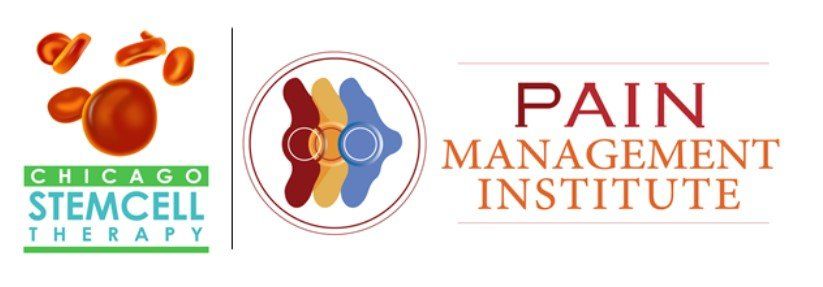Accepting New Patients
Serving the Chicagoland Area

Complex Regional Pain Syndrome (CRPS)
CRPS (Complex Regional Pain Syndrome) is a chronic pain condition that typically affects arms or legs, usually after an injury, surgery, trauma, a stroke or a heart attack. CRPS is caused by the damage or malfunction of the peripheral and central nervous systems and may cause pain and unwanted changes in your skin color or swelling at the damaged area.
Diagnosis
It can be difficult to diagnose CRPS, but careful examination is required as this disorder can share many similar symptoms with other diagnoses. It is important not to ignore symptoms as an early diagnosis leads to better outcomes.
- Testing can be performed to rule out other conditions like arthritis syndromes, Lyme disease, generalized muscle diseases, a clotted vein, or small nerve fiber polyneuropathies specifically from diabetes.
- Diagnostic imaging of your nerves by ultrasound or magnetic resonance imaging (MRI), also known as magnetic resonance neurography (MRN), can reveal underlying nerve damage
- One main aspect of CRPS may involve prior injury to the affected area, as most other similarly appearing conditions are not caused by injury
Causes
The cause of CRPS is difficult to find, but it is believed that in CRPS, your body reacts in an abnormal way to an injury. It used to be assumed that CRPS is a psychosomatic condition, but later it has been disproved by medical researchers and we continue to learn more about it.
Symptoms of CRPS
The main symptom behind CRPS is persistent long lasting pain. In many people it turns into unbearable or severe pain as if someone is inserting a needle in your skin, causing the sensation of burning. In a vast majority of cases, CRPS results from nerve trauma or injury to the affected limb that damages the thinnest sensory and autonomic nerve fibers. Changes in temperature or skin color, and itching or swelling of the injured limb can occur because of abnormal microcirculation of the nerves.
Treatments
Treatment of CRPS contains various aspects including the following.
- Receiving clear information about your condition and how it can be managed
- Physical rehabilitation or physiotherapy exercises can strengthen surrounding muscles, improve blood flow and lessens circulatory symptoms, as well as maintains flexibility, strength, and function.
- Treatments can vary but are best to be trusted with an experienced pain management physician. One option may be a spinal cord stimulator- when electrodes are threaded through a needle outside the spinal cord. They create tingling sensations in the painful area that helps block pain sensations and normalize signaling into the spinal cord and brain.
- Psychological treatment, or cognitive behavioral therapy, is important as many people develop secondary psychological problems including depression, situational anxiety, and sometimes post-traumatic stress disorder.
CONTACT INFORMATION
ADDRESS: 10181 W Lincoln Hwy
Frankfort, IL 60423
Se habla español


BUSINESS HOURS
- Mon - Thu
- -
- Friday
- -
- Sat - Sun
- Closed
Private pay and Financing available,
Advance Care Card accepted
Follow or Like us on:
OUR LOCATION